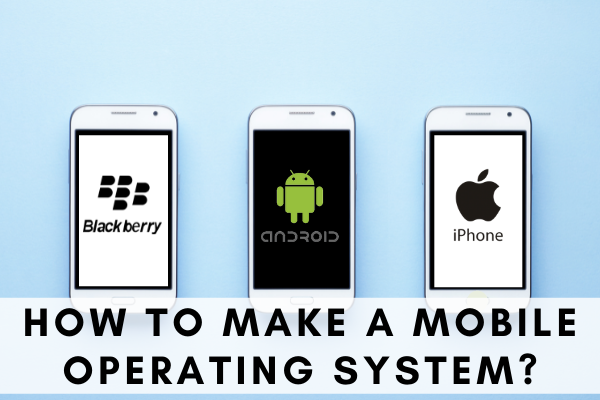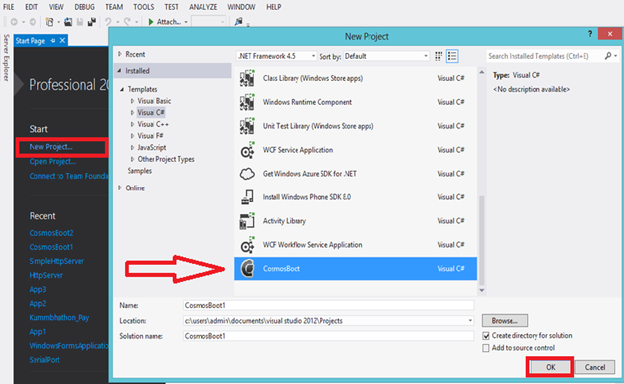You might think producing an operating system is a job for the big companies like Microsoft, Apple and Google but there have been many startups that have launched mobile operating systems. Most have crashed and burned but some have flourished by filling niches. This is how you could make a mobile operating system.
Initially, mobile phones were devices for just making calls and sending messages. However, modern mobile phones have multiple functions such as sending emails, making video calls, playing games, and reading documents.

These functions are enabled by the mobile operating systems installed in the phones. You can as well build a Mobile OS platform. However, it is not an easy task because you need to create detailed and accurate strategies with the app design for the OS to be supported.
Make a Mobile operating System
You may need to involve a team of engineers and app developers to ensure you come up with an OS that is market-ready. Here is a guide on how you can make a mobile operating system in eight simple steps.
Step1: Plan
Planning is the key to successful mobile OS development. You need to ensure that everything is in place before you start. Divide the whole project into subtasks that can be accomplished within a short time.
Additionally, communicate your goals and objectives to the team of developers and engineers to ensure they plan appropriately. In so doing, you will help them meet the deadlines and accomplish each task as required.
Step 2: Generating the Concept
You need to understand how the OS works. The OS works in a similarly to the logic gates found in electric circuits. There are billions of transistors in a chip, where each stores 0s or 1s.
These transistors form micro-processors which now make up the OS. The OS will work based on its kernel, which stores the library files. When you run an application on your mobile phone, the program’s code sources the files from the kernel. For instance, Win32 is the kernel for Windows.
Step 3: Materials Needed
You need to have basic knowledge of programming languages such as Java, C++, or .net. Then you can use software like Microsoft Visual Studio (any edition will work), a code development kit like COSMOS OS development kit, and any virtualization software.
Step 4: Develop the OS
Open the Visual Studio program and create a new project from the File toolbar. From the dialog box that will appear, choose COSMOS and then COSMOS project. You can give it a name and select OK to complete the process.
A code will appear in the solution explorer, and all you need is to edit it. Start by debugging it by clicking on the “start debugging” tab from the Debug menu. Then a new window will appear. You only need to click the “build” tab without modifying anything, and the code will be executed.

Step 5: Personalize the OS
You can personalize the OS by editing the code. This requires you to have basic knowledge of programming. You can add as many features as you want, including the restart and shutdown features.
Step 6: Test in Different Mobile Devices
Before testing it on mobile devices, you can test it on the Microsoft Visual Studio program. You only need to open the file in MVS and enjoy running it.
You also need to test it on mobile phones. There are different brands of mobile devices in the market, making it challenging for the developers. However, you need to be prepared to provide the appropriate OS for every mobile phone brand.
Step 7: Engage other Developers
It is recommended to collaborate with other developers in the market to help you in marketing your new platform. The industry is saturated with giant and well-known developers, meaning that you need to join the community and grow with them.
Final Thoughts
Congratulations! You have just developed your mobile operating system. Although mobile OS development is not an easy task, it is possible. You only need to plan well, and you will achieve your goals. Follow the above eight steps, and you will succeed in mobile OS development.
Summary: Make a Mobile Operating System
- Learn how to make a mobile operating system and become a better developer.
- Get started by learning what an operating system is, how it works, and why we need one.
- The Kernel and the hardware
- Device drivers
- The User Interface
- App management